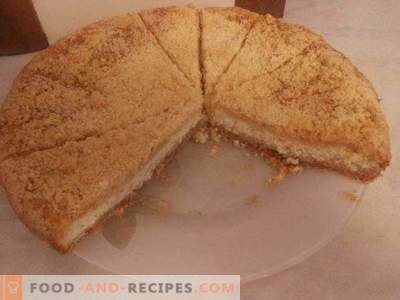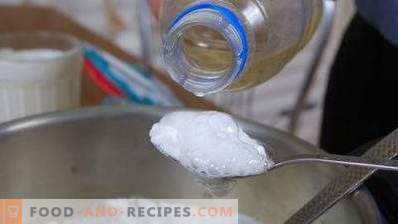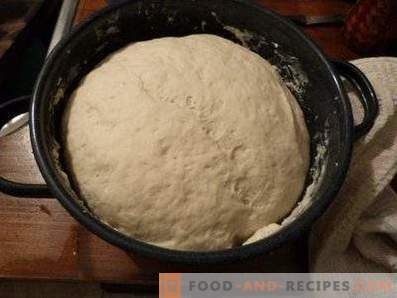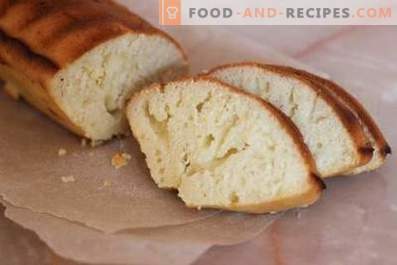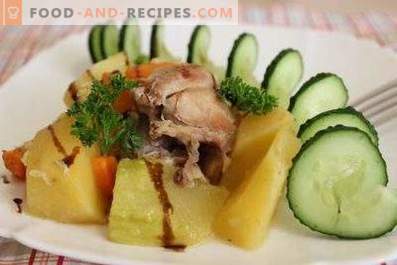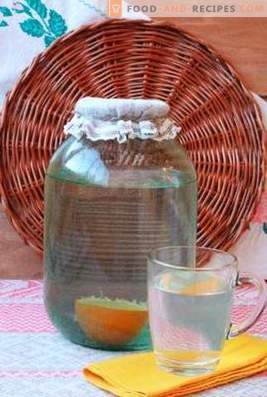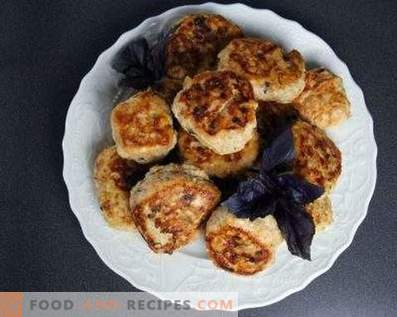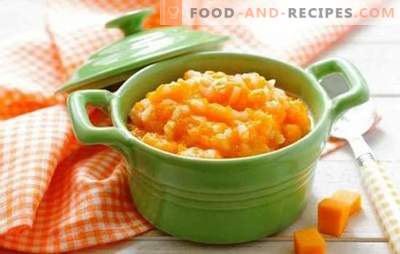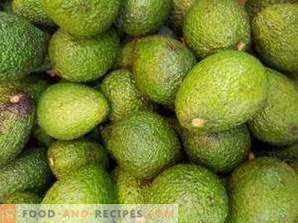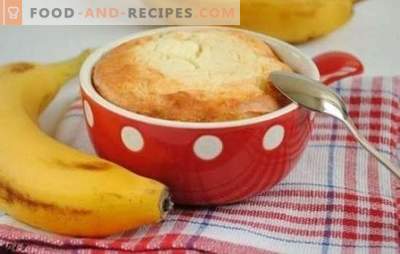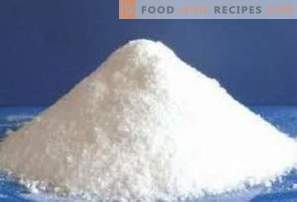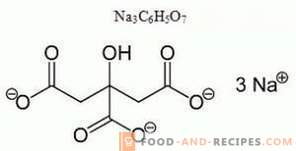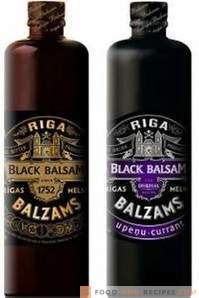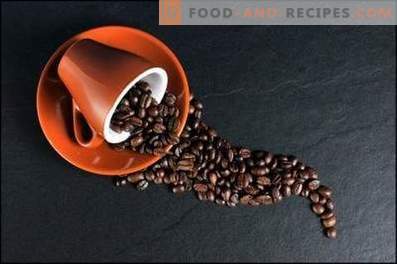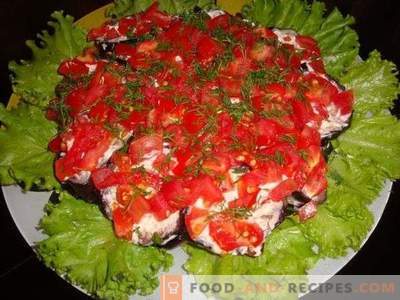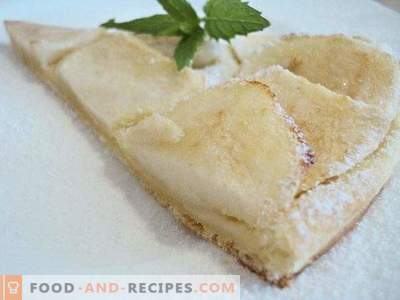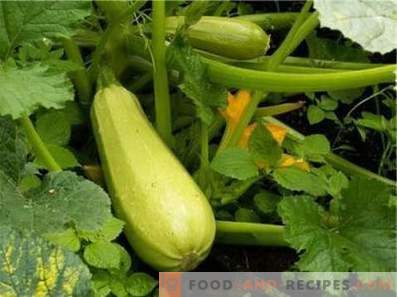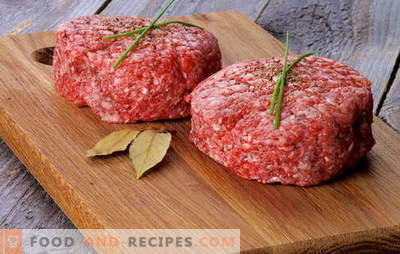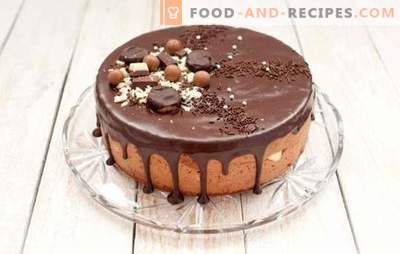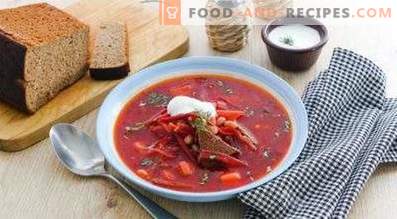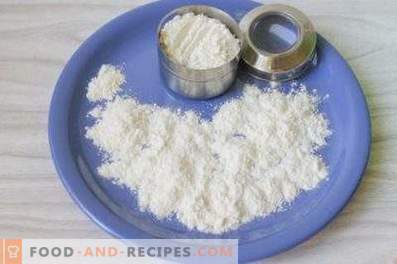
Most types of unleavened pastry are made using baking powder. His task is to make the products light, fluffy, crumbly. And the biscuit, and sand cakes and cookies without the use of this component will come out dense, tasteless and unappetizing. Our grandmothers, to loosen the dough, added soda to it, having previously extinguished it with vinegar. This method is simple and economical, but it has a drawback: when soda is quenched, it is very difficult to calculate the optimal amount of vinegar, sometimes it does not fall on all grains, as a result, pies and cakes acquire soda flavor, which can negate the pleasure of eating dessert. Modern housewives prefer to buy in the store bags of baking powder that can loosen the dough, not giving baking foreign flavor. Such powders are inexpensive, but situations where they are not at hand at the very moment when the hostess has conceived to bake a cake or cookie, happen quite often. Then before the cook there is a dilemma: to give up the idea or to make baking powder at home. It is advisable to go the second way, as the process of preparing baking powder is simple, and in almost every kitchen there are ingredients that may be required for this.
Cooking Features
Modern baking powder for dough may have a different composition. Sometimes the main component is ammonium carbonate, which under the influence of temperature above 60 degrees decomposes with the formation of carbon dioxide, which loosens the dough. However, soda is more often used as a source of carbon dioxide. It releases the necessary substance, interacting with acids. Most often, baking powder manufacturers mix it with citric acid, usually supplementing the composition with flour or starch, which are designed to minimize the contact of the active ingredients with each other. It is on their basis that baking powder is prepared in the home kitchen. To obtain the expected result you need to know a few important points.
- In order for the baking powder in the dough not to be too small or, on the contrary, a lot, you need to know the correct proportions. On the bag with baking powder it is almost always indicated how much flour its contents are intended for. When using a home baking powder, its consumption will need to be calculated independently. Usually, 1 kg of flour requires as much baking powder as it contains 1-1, 5 teaspoons of soda. They are based on 5 ml spoons. In one such spoon is placed 12 g of soda.
- The baking powder is often prepared at one time, because if it is stored for a long time, a reaction can occur between the active ingredients, and then they will not be able to cope with the task entrusted to them, once in the dough. Then you have to deal with a very small number of products. If you take 1 g more or less of a component, the result may turn out to be quite different from what the cook counts on. It is safer to measure food with culinary or pharmacy scales, but this is not a useful device in every household. Then the hostess needs to know the ratio of weight and volume indicated in the recipe products. A 5 ml teaspoon contains 4 g of crystalline citric acid (or 8 g in the form of fine powder). Also in this spoon will go 6 grams of starch and 10 grams of flour. Soda in it will fit, as already mentioned, 12 g.
- When preparing home baking powder, you can use only absolutely dry dishes. If even a drop of moisture gets on it, a reaction will occur, and the hostess’s work will be in vain.
- When preparing baking powder at once for several times, it is advisable to add flour or starch to the composition, which will prevent soda and citric acid from reacting ahead of time.
- Citric acid can be replaced by other acidic components, for example, finely ground acidic berries, but they will need much more. Sometimes tartar is also used, but this component is not available in every kitchen.
It is necessary to store the home baking powder in a dry and tightly closed can so that it does not get wet. Sometimes they put a piece of sugar in the jar so that it absorbs moisture and keeps the rest of the ingredients dry.
Simple baking powder recipe
Composition:
- soda - 12 g;
- citric acid - 4-6 g.
Method of preparation:
- Measure out the right amount of ingredients.
- If citric acid is in your crystals, grind it to a powder with a grinder.
- Mix soda with citric acid. For the most uniform mixing, it is recommended to pour them into a small jar or vial, close the container tightly and shake it vigorously.
Out of the specified quantity of products in the recipe, just as much baking powder will be released as is required to prepare baking of 1 kg of flour. If baking is prepared with the addition of dairy products, citric acid takes only 4 g. If there are no such products in the dough, it is advisable to take more of it (5-6 g), otherwise soda flavor may remain.
Baking powder for dough with starch
Composition:
- potato starch - 36 g;
- soda - 30 g;
- citric acid - 12 g.
Method of preparation:
- Having measured the right amount of each product, mix them with each other.
- Sift the mixture through a fine sieve 2-3 times. This manipulation will achieve an even distribution of all components.
- Pour the baking powder in a dry jar, close it tightly.
For baking 1 kg of flour you will need to take 30-40 g of the resulting baking powder. One teaspoon contains about 8 g of this product. This means that for 1 kg of flour you will need 4-5 teaspoons of the prepared mixture.
Baking powder for flour with dough
Composition:
- wheat flour - 61 g;
- soda - 24 g;
- citric acid - 15 g.
Method of preparation:
- Sift flour. Grind citric acid in a coffee grinder.
- Mix all ingredients, sift them a couple of times.
- Place the mixture in a clean, dry jar, close it tightly and store.
For 1 kg of flour you will need to take half the resulting baking powder. These are 50 g or 4, 5 tsp.
Cooking baking powder with your own hands will not be a difficult task, even for an inexperienced chef. Expensive or rare products will not be required. If you accurately measure the number of components and mix them thoroughly, the result will not disappoint you.




